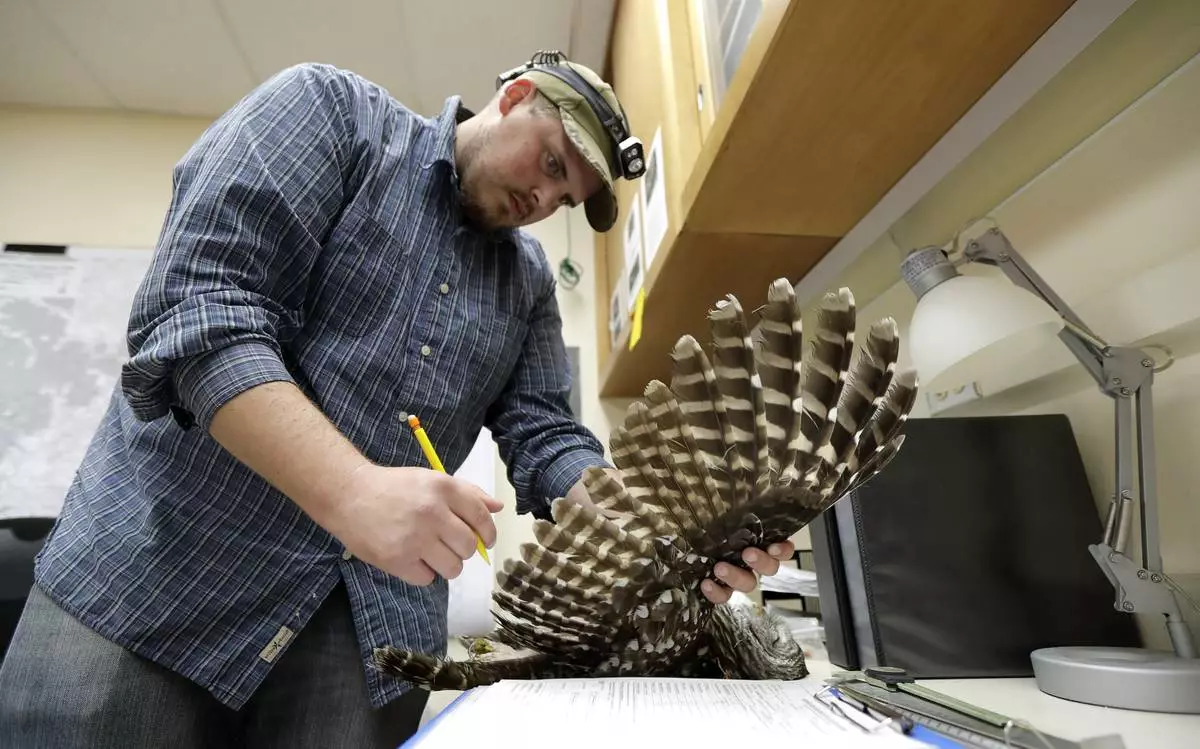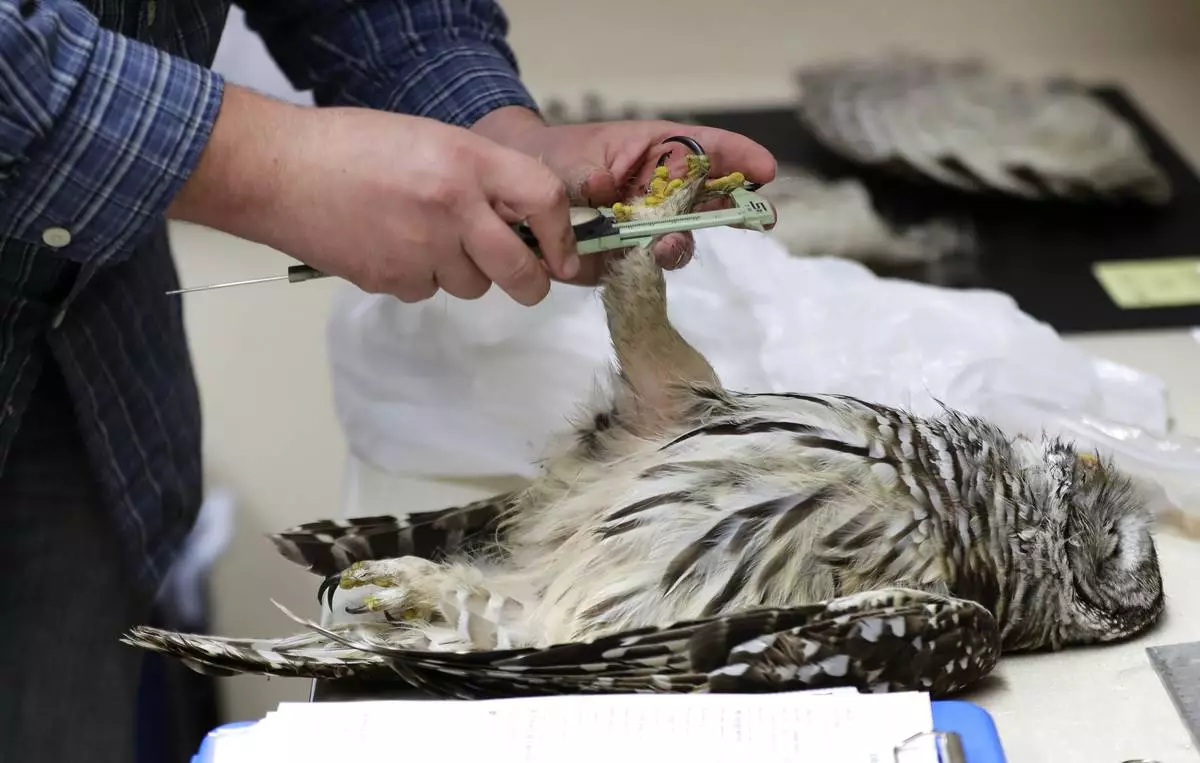Extreme heat can raise the danger of heat-related illnesses and threaten health in a more subtle way — by amplifying the side effects of many common medications.
Hot weather, too, can damage medicines such as insulin that require refrigeration. Inhalers can explode. Epinephrine injectors such as EpiPens can malfunction. Meds delivered in the mail can deteriorate.
A look at common problems and solutions related to heat and medicine:
Blood pressure pills that reduce fluid in the blood can lead to dehydration. Beta blockers for heart conditions can decrease blood flow to the skin and make you less aware of dangerous heat.
Some antidepressants can hinder your ability to stay cool. Aspirin and other over-the-counter pain relievers decrease fluid and sodium levels, making it harder to deal with high temperatures.
On top of that, the combination of heat and drug side effects can lead to lightheadedness and falls. Alcohol increases the danger, said pharmacist Bradley Phillips of the University of Florida College of Pharmacy.
You can learn more about your medications’ side effects and storage requirements at the National Library of Medicine’s MedlinePlus website.
Or talk to your doctor or pharmacist, Phillips said. Ask about how much water you should be drinking if you’re on medications that increase dehydration.
He recommends staying hydrated and "not relying on your body’s ability to tell you that you’re thirsty.”
Some medicines — antibiotics, antifungals and acne drugs — can heighten sensitivity to the sun, causing rashes and sunburns. If you're taking them, stay under an umbrella or wear sun-protective fabrics and sunscreen, said Dr. Mike Ren, a family physician at Baylor College of Medicine in Houston.
“You might be on antibiotics, not think too much of it, go down to the beach and then come back with a whopping sunburn,” Ren said.
Medication generally should be kept in a cool, dry place, unless it needs refrigeration. That can be challenging while traveling.
Before a summer road trip, check labels for the storage requirements of your meds. Carry medicine in a cooler when traveling by car, even if it doesn't require refrigeration. The car's trunk or glove box could get too hot for even room temperature storage.
Traveling by plane? It's always best to keep medications in your carry-on bag in case your checked luggage is delayed or lost, and it can get too cold in the cargo hold.
Mail-order pharmacies are responsible for keeping your drugs at safe temperatures during storage and transit. The best practice is to ship sensitive medicine in special packaging with ice packs and temperature monitors.
But that doesn't always happen. Or a delivery can come at a bad time, said Ren, who recently helped his vacationing mother by bringing her delivery of supplements into her Houston home as the region faced soaring heat.
“If you know you’re going to be at work all day, or if you’re on vacation, and you get medications delivered, you definitely don’t want that sitting outside in the hot 100-degree sun,” Ren said. If you think your mail-order medication has been damaged by the heat, call the pharmacy to report the problem.
Yes. Researchers in the U.S. and Australia say some of the common warnings about heat and drugs don’t have a lot of scientific evidence behind them. Ollie Jay at the University of Sydney found backing for only four of the 11 medication categories that the World Health Organization lists as concerns with high heat.
He suggests changing behavior, not medications, like staying out of the heat. “Be a bit more cautious,” he said.
Dr. Renee Salas, an emergency room physician at Massachusetts General Hospital, said as climate change accelerates, there’s a need to know which medicines are the riskiest in the heat.
“We don’t have that answer yet, and it’s one that we need to rapidly figure out,” Salas said.
AP Science Writer Seth Borenstein, in Washington contributed.
The Associated Press Health and Science Department receives support from the Howard Hughes Medical Institute’s Science and Educational Media Group. The AP is solely responsible for all content.

FILE - Temperature and humidity are monitored in a medicine cabinet at a medical center in California on Wednesday, May 29, 2024. Extreme heat can raise the danger of heat-related illnesses and threaten health in a more subtle way — by amplifying the side effects of many common medications. Hot weather, too, can damage medicines such as insulin that require refrigeration. Inhalers can explode. Epinephrine injectors such as EpiPens can malfunction. Meds delivered in the mail can deteriorate. (AP Photo/Nic Coury, File)
U.S. wildlife officials beginning next year will drastically scale up efforts to kill invasive barred owls that are crowding out imperiled native owls from West Coast forests, under a plan finalized Wednesday that faces challenges from barred owls returning after they've already been removed.
Trained shooters will target barred owls over 30 years across a maximum of about 23,000 square miles (60,000 square kilometers) in California, Oregon and Washington. The U.S. Fish and Wildlife Service goal is to kill up to 452,000 barred owls and halt the decline of competing northern spotted owls and California spotted owl s.
Killing one bird species to save others has divided wildlife advocates and is reminiscent of past government efforts to save West Coast salmon by killing sea lions and cormorants, and to preserve warblers by killing cowbirds that lay eggs in warbler nests. The barred owl removals would be among the largest such effort to date involving birds of prey, researchers and wildlife advocates said.
Native to eastern North America, barred owls started appearing in the Pacific Northwest in the 1970s. They've quickly displaced many spotted owls, which are smaller birds that need larger territories. An estimated 100,000 barred owls now live within a range that contains only about 7,100 spotted owls, according to federal officials.
The newcomers' arrival also threatens to decimate frog and salamander species that barred owls prey on.
“It’s not just one owl versus one owl,” said David Wiens, a U.S. Geological Survey scientist who led a barred owl removal study that ended in 2020. “Because of their predatory behavior, they are basically eating anything in the forest and this includes amphibians, small mammals, other bird species.”
Government officials say 15 years of killing barred owls experimentally, including on Northern California's Hoopa Valley Indian Reservation, shows the controversial strategy could halt the decline of spotted owls. Yet researchers warn that few spotted owls remain in some areas, and it could take years to turn the tide on the barred owls' aggressive expansion of their range.
Former Fish and Wildlife Service biologist Kent Livezey, a critic of the agency strategy, said the mass killing of barred owls was ill-advised and could cost hundreds of dollars per bird. Livezey said his research has documented more than 100 bird species that expanded their range in recent years.
“We should let nature take its course,” he wrote in an email. “Birds (and all animals) move. Competitions arise. Should we be stepping in and killing mass numbers of them like this?”
The wildlife service would designate government agencies, landowners, tribes or companies to carry out the killings. Shooters would have to provide documentation of training or experience in owl identification and firearm skills.
Public hunting of barred owls wouldn’t be allowed.
“We're talking about managing in less than 50% of that northern spotted owl range to try and carve out space for those spotted owls,” said Fish and Wildlife Service Oregon state supervisor Kessina Lee. “We're still going to have barred owls in the West. This is really just about trying to prevent the extinction of spotted owls.”
She declined to give a cost estimate and said that would depend in part on the willingness of other government agencies and land managers to participate.
Some wildlife advocates have backed the barred owl killings. Others say it’s a reckless diversion from needed forest preservation and won't stop barred owls from migrating into the region.
Their spread has undermined decades of spotted owl restoration efforts that previously focused on protecting forests where they live. That included logging restrictions under former President Bill Clinton that ignited bitter political fights but also temporarily helped slow the spotted owl's decline.
Northern spotted owls are federally protected as a threatened species. California spotted owls were proposed for federal protections last year. A decision is pending.
Barred owls are highly territorial, which makes killing them relatively straightforward, according to researchers. Shooters use megaphones to broadcast recorded owl calls at night and lure the birds close to roads where they are killed with shotguns.
“The birds will come right in. They're very focused on this recording,” Wiens said. “If we go into a site and detect a barred owl there, we have over a 95 % chance of removing that barred owl."
Other potential approaches — including capturing and euthanizing barred owls, collecting their eggs to prevent reproduction, or hazing them out of areas with spotted owls — were considered by the wildlife service but rejected as too costly or impractical.
About 4,500 barred owls birds have been killed on the West Coast since 2009 by researchers, according to officials.
That includes more than 800 birds from the Hoopa reservation, said tribal wildlife biologist Mark Higley.
Higley conducts the barred owl removals across 140 square miles (364 square kilometers) on the reservation primarily by himself, working two or three nights a week from early spring until late fall.
“The problem has been we get like 60 to 100 new barred owls each year,” he said. “Don't get me wrong; barred owls are magnificent species. I just would really like to go see them where they're native and not invasive.”

FILE - Wildlife technician Jordan Hazan records data in a lab from a male barred owl he shot earlier in the night, Oct. 24, 2018, in Corvallis, Ore. (AP Photo/Ted S. Warren, File)

FILE - Wildlife technician Jordan Hazan records data from a male barred owl he shot earlier in the night, Oct. 24, 2018, inside a lab in Corvallis, Ore. (AP Photo/Ted S. Warren, File)

FILE - A northern spotted owl flies after an elusive mouse jumping off the end of a stick in the Deschutes National Forest near Camp Sherman, Ore., May 8, 2003. (AP Photo/Don Ryan, File)













